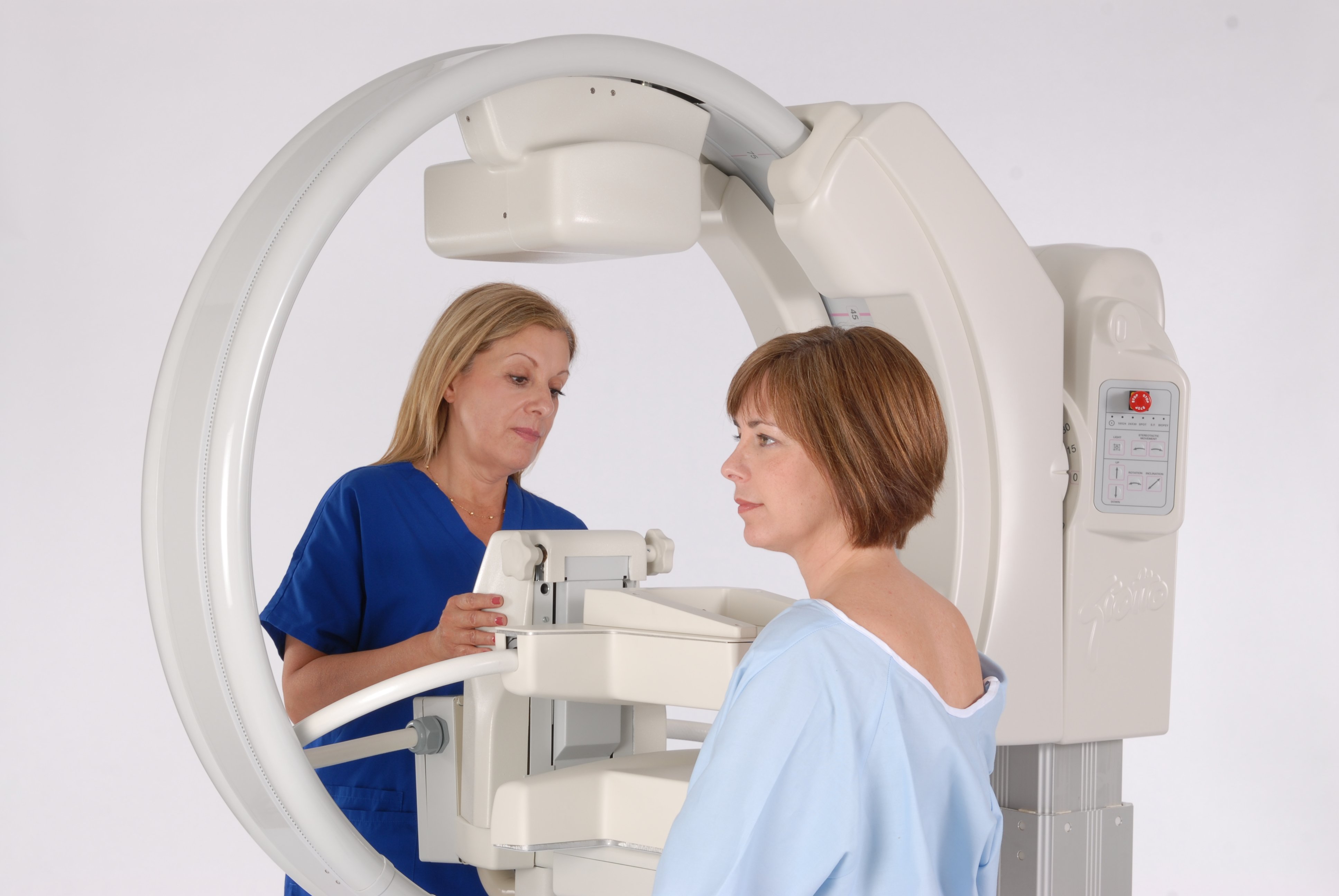
Image courtesy of Gamma Medica
January 27, 2015 — A study conducted by Mayo Clinic and published in the AJR has clinically confirmed that Molecular Breast Imaging (MBI) yields superior imaging and low radiation exposure for women with dense breast tissue, which can affect up to 40 percent of the female population. In the study, the LumaGEM MBI System demonstrated a reduction in radiation dose from 20 mCi to 8 mCi, a dose reduction not achievable with older-generation scintillating gamma cameras, known as scintimammography or breast-specific gamma imaging (BSGI) systems.
The AJR study, “Molecular Breast Imaging at Reduced Radiation Dose for Supplemental Screening in Mammographically Dense Breasts”, determined that adding MBI to mammography enabled detection of an additional 8.8 cancers per 1,000 women screened. Of all the cancers detected by MBI, 79% (11/14) were invasive, of which 82% were node negative; the type of cancer that is addressable with early intervention.
Prior studies have cited MBI for signi?cantly increasing detection of breast cancer in dense breasts, but have noted the need for low-dose imaging technology to broaden the use of MBI in supplemental screening. This is specifically for the segment of women with dense breasts who are above normal risk and below high risk for breast cancer, and do not meet risk criteria for MRI screening.
In this study, 1585 women with dense breast tissue underwent screening mammography and adjunct MBI. Cancer detection rate, sensitivity, specificity, and positive predictive value (PPV3) of biopsies performed were measured. Sensitivity of mammography was 23.8%, sensitivity of MBI was 81% and the sensitivity of mammography with adjunct MBI was 90.5%. The AJR study compares the absolute increase of MBI sensitivity (67%) to similarly designed studies for ultrasound (39%), tomosynthesis (34%) and MRI (56%). There was only a slight increase in biopsy rate. Although the specificity, PPV3 and NPV for MBI was comparable to previous clinical publications, this study recognizes the efficacy of MBI at almost one-third of the radiation exposure.
The AJR study supports the utilization of such systems as LumaGEM MBI as an alternative to Ultrasound and MRI as a supplemental screening tool for the women with dense breast tissue. The diagnostic value of MRI is often offset by its increased burden to the healthcare system as measured by its diagnostic complexity, contraindications and high cost of equipment and per procedure. The supplemental screening value of ultrasound is diminished because it detects as few as 50% of cancers in women with dense breast tissue, at substantially increased cost.
Gamma Medica, the manufacturer of LumaGEM MBI, has optimized its dual-head Digital Direct Conversion Gamma Imaging (DDCGI) to reduce administered radiation dose. The DDCGI dual-head configuration of the MBI system increases detection of sub-centimeter tumors relative to single-head systems.
“This study addresses the biggest criticism from detractors and supports that the LumaGEM MBI system significantly increases cancer detection rates for women with dense breast tissue,” said Jim Calandra, CEO, Gamma Medica.
For more information: www.gammamedica.com
